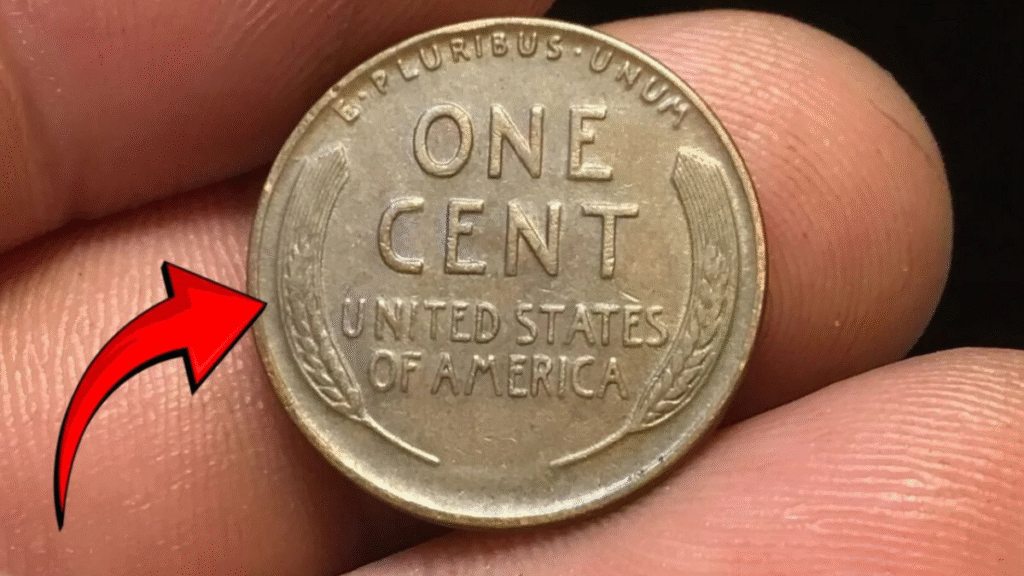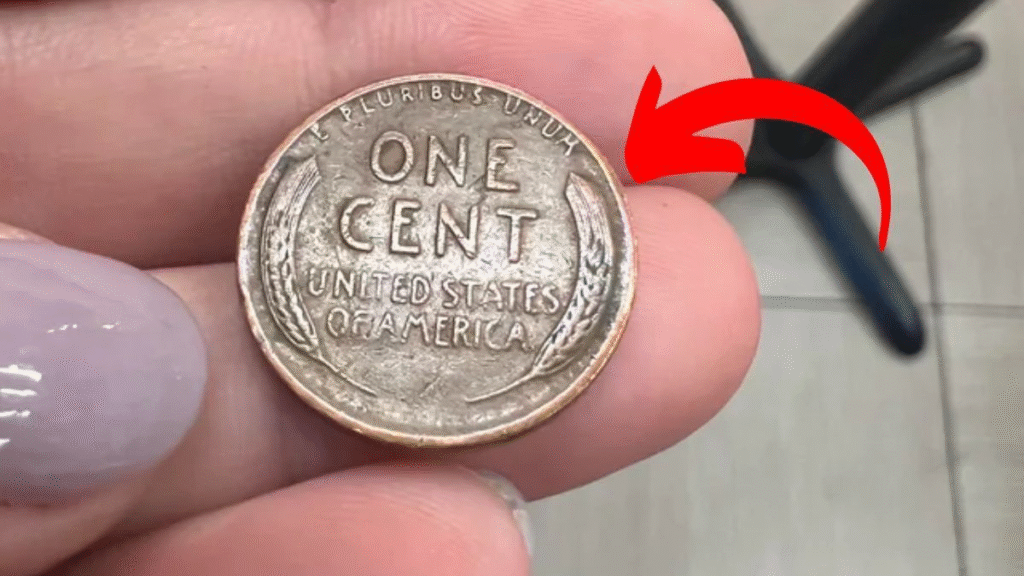Lincoln Wheat Penny Worth: Might a plain penny turn out to be your golden ticket? It’s far-fetched-sounding, but coin enthusiasts nationwide are abuzz over a possible jackpot in plain sight: a $5.5 million-valued Lincoln Wheat Penny.
It’s not fiction; it’s numismatic reality. A rare variation of the classic coin might still be in an old piggy bank, hidden in a dusty drawer, or yes even circulating in common pocket change. Here’s what you have to know about this historic coin, why it is so valuable, and how you can tell if you’ve got copper-coated gold.
What Is the Lincoln Wheat Penny?
Lincoln Wheat Penny (also known as a wheat percentage) was first extracted to celebrate the 100th anniversary of Abraham Lincoln’s birth in 1909. It was sent to 1958, when reverse side design was replaced to portray the Lincoln Memorial.

In the opposite of wheat penny, there is a straight, elegant design between them with two “one percent” of wheat style “one percent” which became a head in the American currency. Despite the production of Arabs, some are sufficient to command prices of millions.
The $5.5 Million Mystery Penny
The coin rumored to be worth $5.5 million is not just any Wheat Penny. This astronomical value is linked to extremely rare varieties, most notably:
- The 1943 Bronze Wheat Penny
- The 1944 Steel Wheat Penny
- High-grade uncirculated coins with mint errors or anomalies
During World War II, in 1943, pennies were being minted out of steel to conserve copper for use in ammunition. Some of the few remaining 1942 bronze planchets (blanks) were accidentally used. Such mistake coins are extremely rare only around 15–20 genuine pieces are known to have been produced, and collectors offer millions of dollars for them.
Indeed, one such 1943 bronze cent auctioned for $1.7 million, and a mint-condition example has been estimated at $5 million or better in private collector circles. Throw in provenance or historic interest, and the value can easily exceed $5.5 million.
How Can Such a Coin Remain in Circulation?
A lot of valuable coins remain undetected because:
- People don’t scrutinize pennies closely.
- Older coins are frequently blended with newer ones that are in circulation.
- Estate sales, old coin jars, and inherited boxes can contain forgotten treasures.
[also_read id=”406″]
While most of these rare coins have been found, a few may still be floating in circulation or tucked away in dusty collections waiting to be discovered.
How to Identify a Rare Lincoln Wheat Penny
If you’re sorting through your change or old penny collections, here’s what to look for:

Check the Date and Mint Mark
- 1943 bronze penny (non-magnetic, reddish-brown tone)
- 1944 steel penny (magnetic, grayish-silver color)
- Search for scarce pairings such as 1909-S VDB, 1914-D, and 1922 “No D.”
Test the Metal
- Magnet test: Steel pennies will adhere; bronze/copper won’t.
- Weight the coin: Bronze is around 3.11 grams, and steel is approximately 2.7 grams.
Check for Errors
- Double dies (particularly in the date or letters)
- Off-center strikes
- Mismatched planchets or mint mark absence
Examine the Condition
- Mint- or uncirculated-state coins are much more valuable.
- Don’t clean the coin it can ruin its value.
What to Do if You Believe You Found One
- Treat carefully: Keep it from fingerprints and place it in a piece of soft cloth or a coin flip.
- Check authenticity: Bring it to a reputable coin store or bring it to a professional grading service such as PCGS or NGC.
- Have it appraised: Even regular Wheat Pennies can be worth several dollars based on condition and date.
- Check out your options: Special coins typically find buyers at auctions or private collectors. Websites such as Heritage Auctions and Great Collections are excellent places to begin.
Read More:- Lincoln Wheat Penny Worth $991K Could Still Be in Your Pocket
Final Thoughts: A Fortune in Your Fingers
A penny can be the most insignificant currency – but when you collect the coin, it may be worth its weight in gold. Lincoln Wheat Penny is one of the country’s favorite coins, and distinctive rare people like the 1943 bronze percentage are small pearls.
Next time you lift a penny on the sidewalk or count the jar on your coins, you can take another look. This small coin can be much higher than a penny – the price can be $ 5.5 million.
FAQs:-
What makes the 1943 bronze penny so rare?
That year, pennies were supposed to be struck in steel to save copper for war; a few bronze blanks slipped through by mistake.
Why is the Lincoln Wheat Penny worth $5.5 million?
It’s an ultra-rare 1943 bronze version mistakenly minted during WWII, making it one of the most valuable coins in U.S. history.
What’s the difference between bronze and steel pennies from 1943?
Steel pennies are silver-colored and magnetic, while bronze ones are reddish-brown and non-magnetic.

Shreya Singh is a dedicated financial journalist known for her in-depth coverage of government programs and economic updates. She consistently delivers accurate information on U.S. topics such as Stimulus Checks, IRS announcements, and federal relief efforts. Shreya also reports on UK welfare programs, covering developments in Universal Credit, PIP, and DWP news. Her clarity and commitment to trustworthy reporting have earned her a loyal following among readers seeking insightful financial updates.

1 thought on “Lincoln Wheat Penny Worth $5.5 Million – Is It Still Out There?”